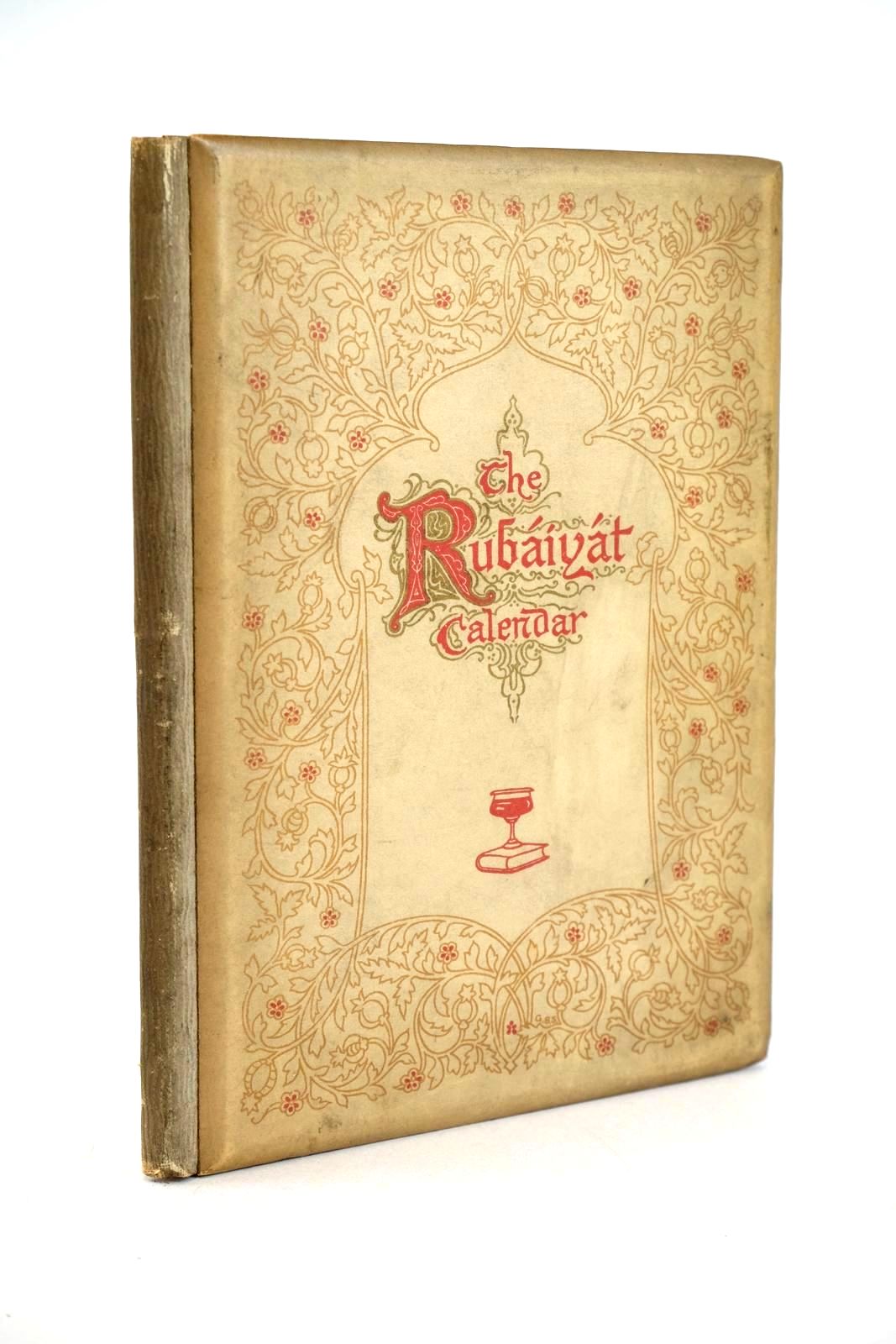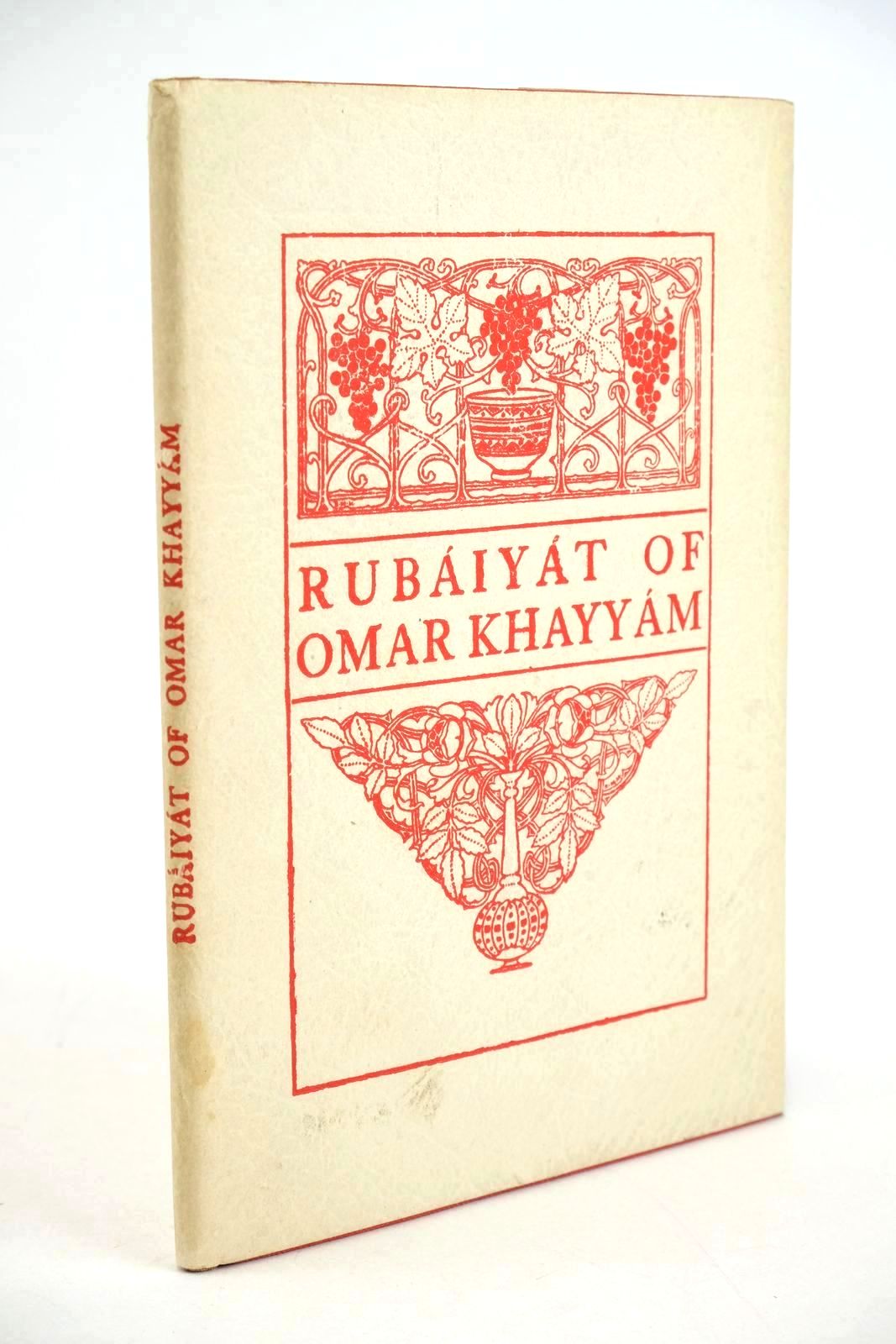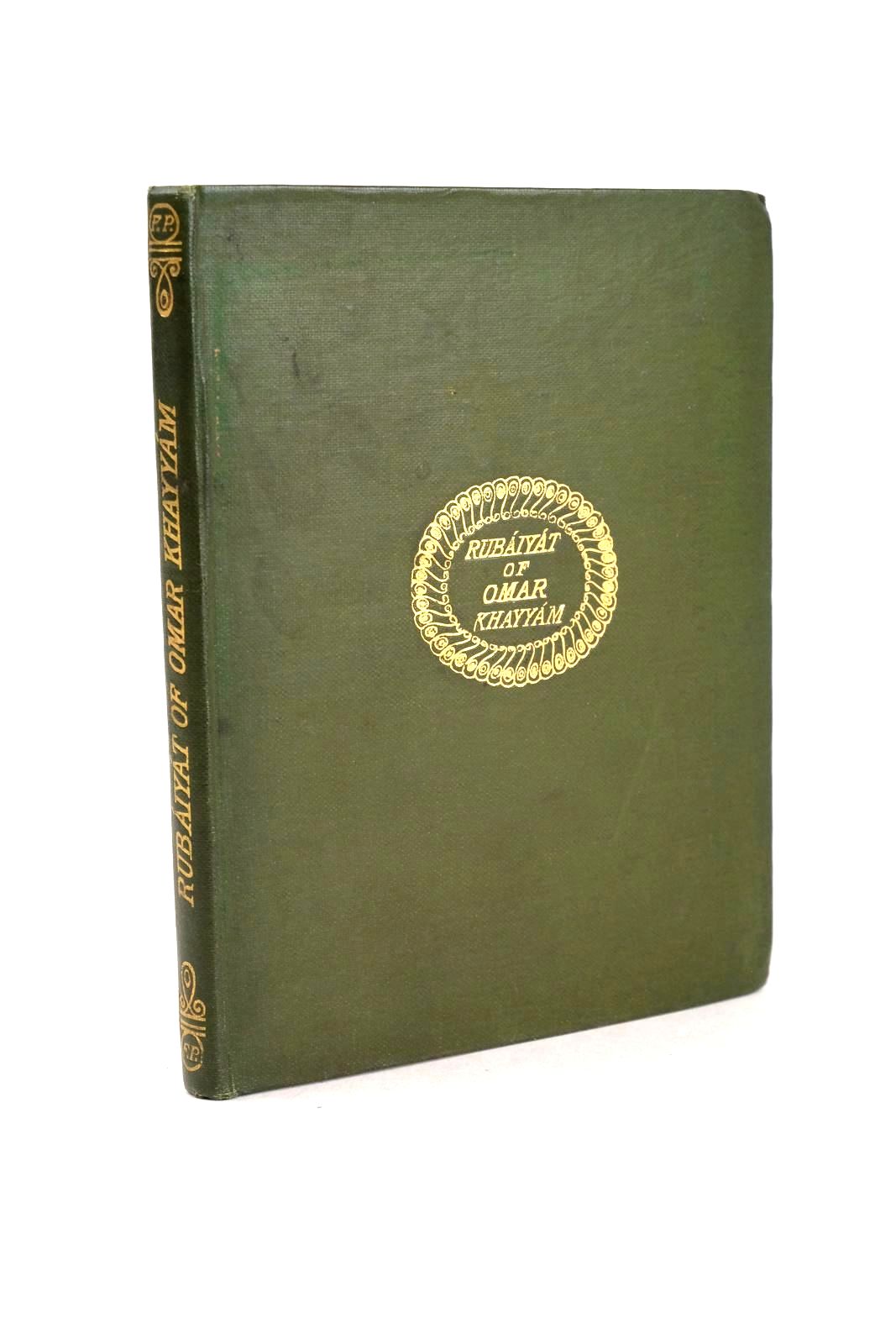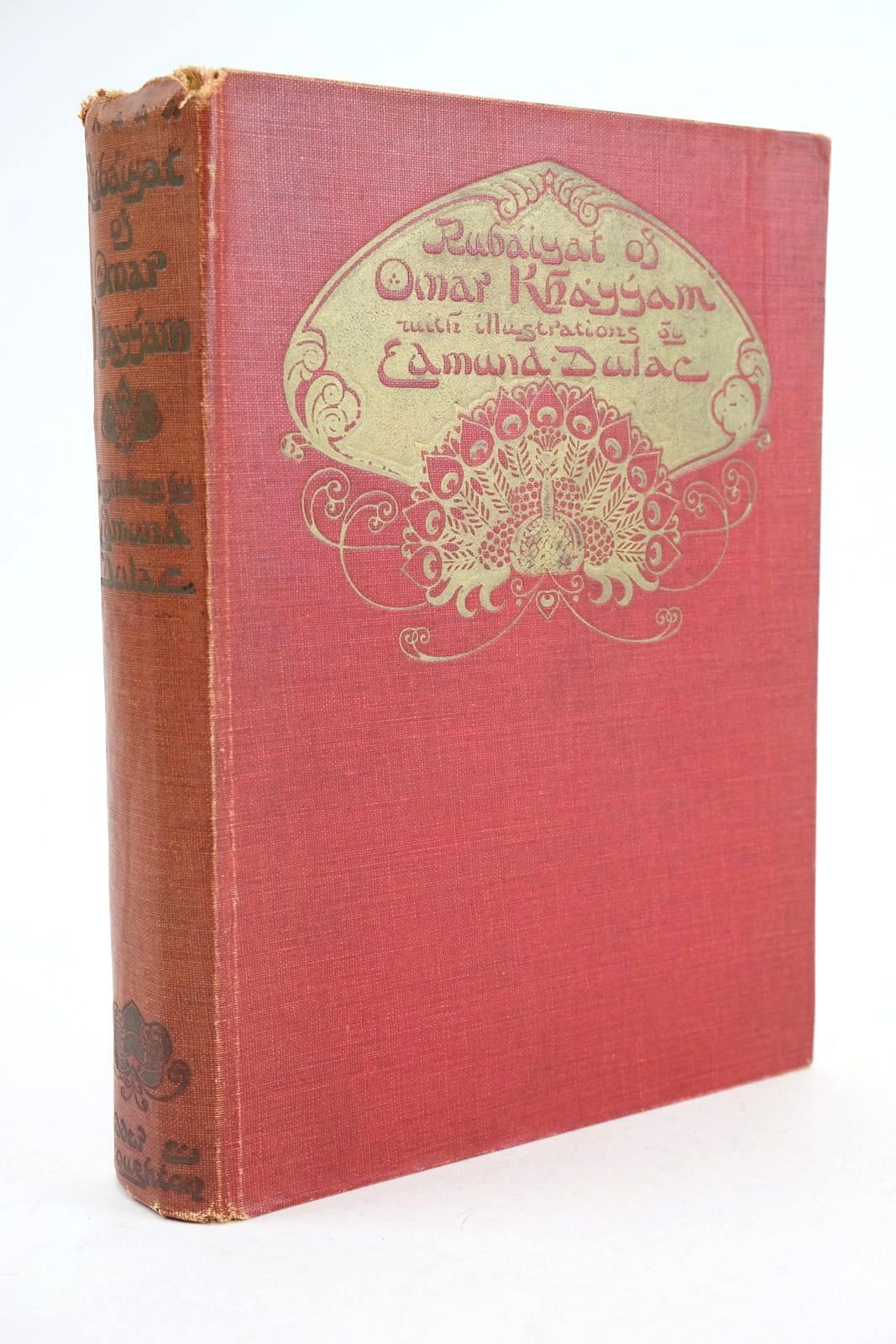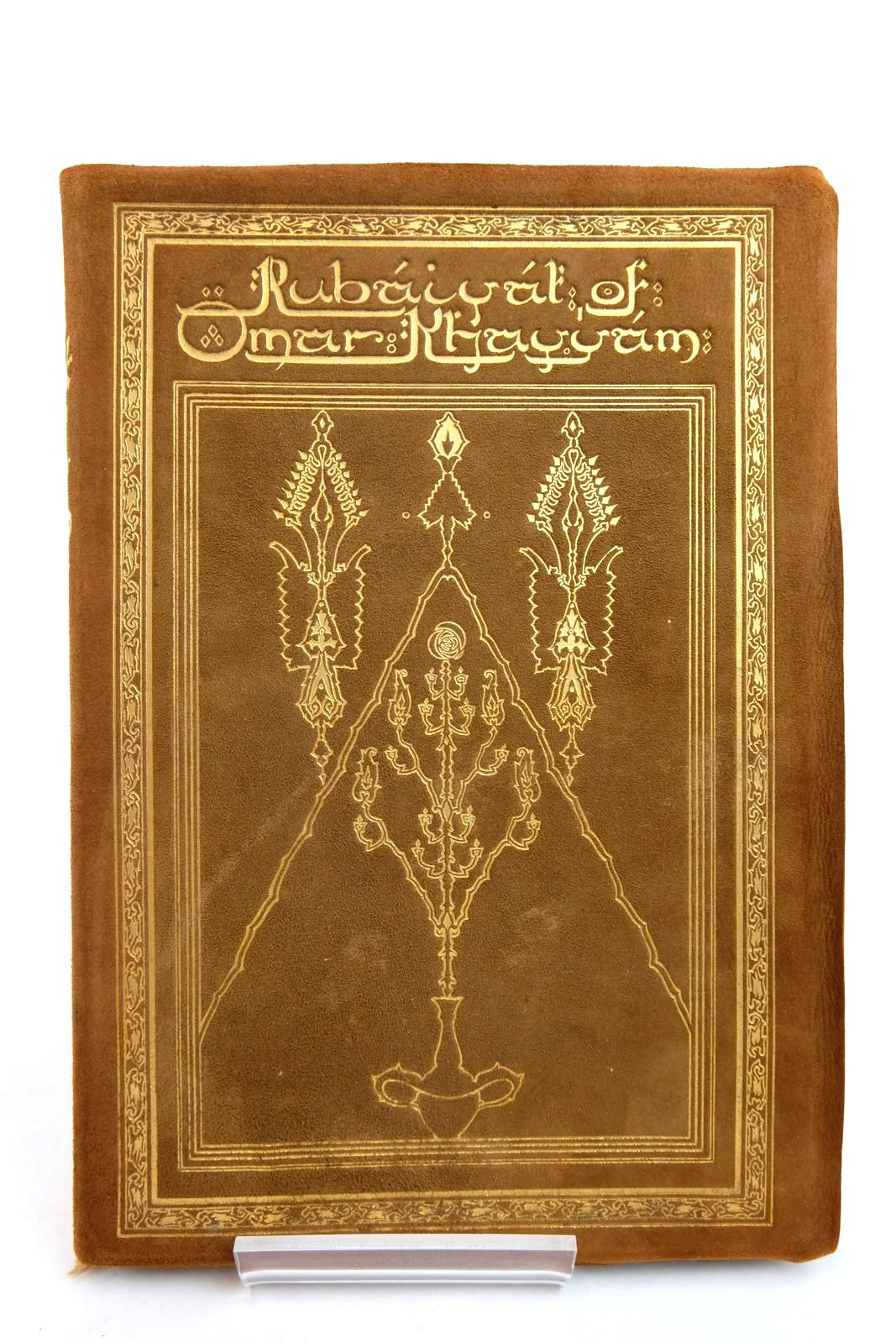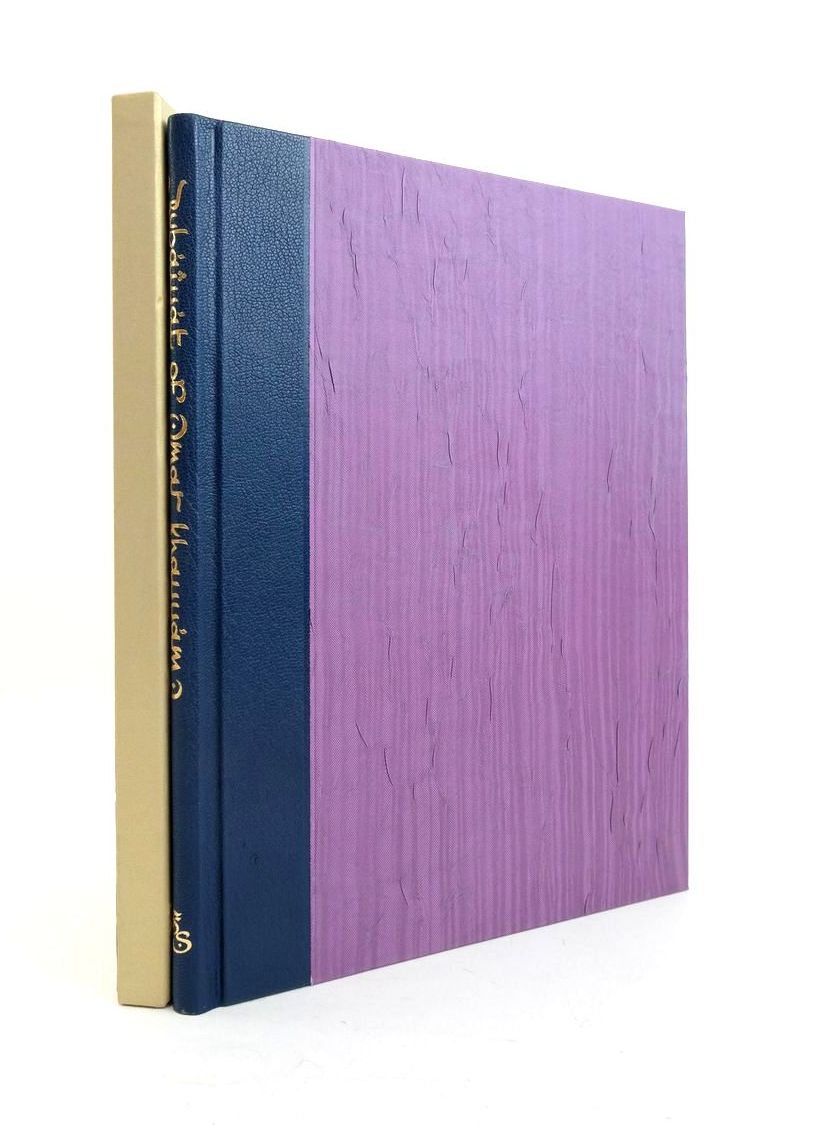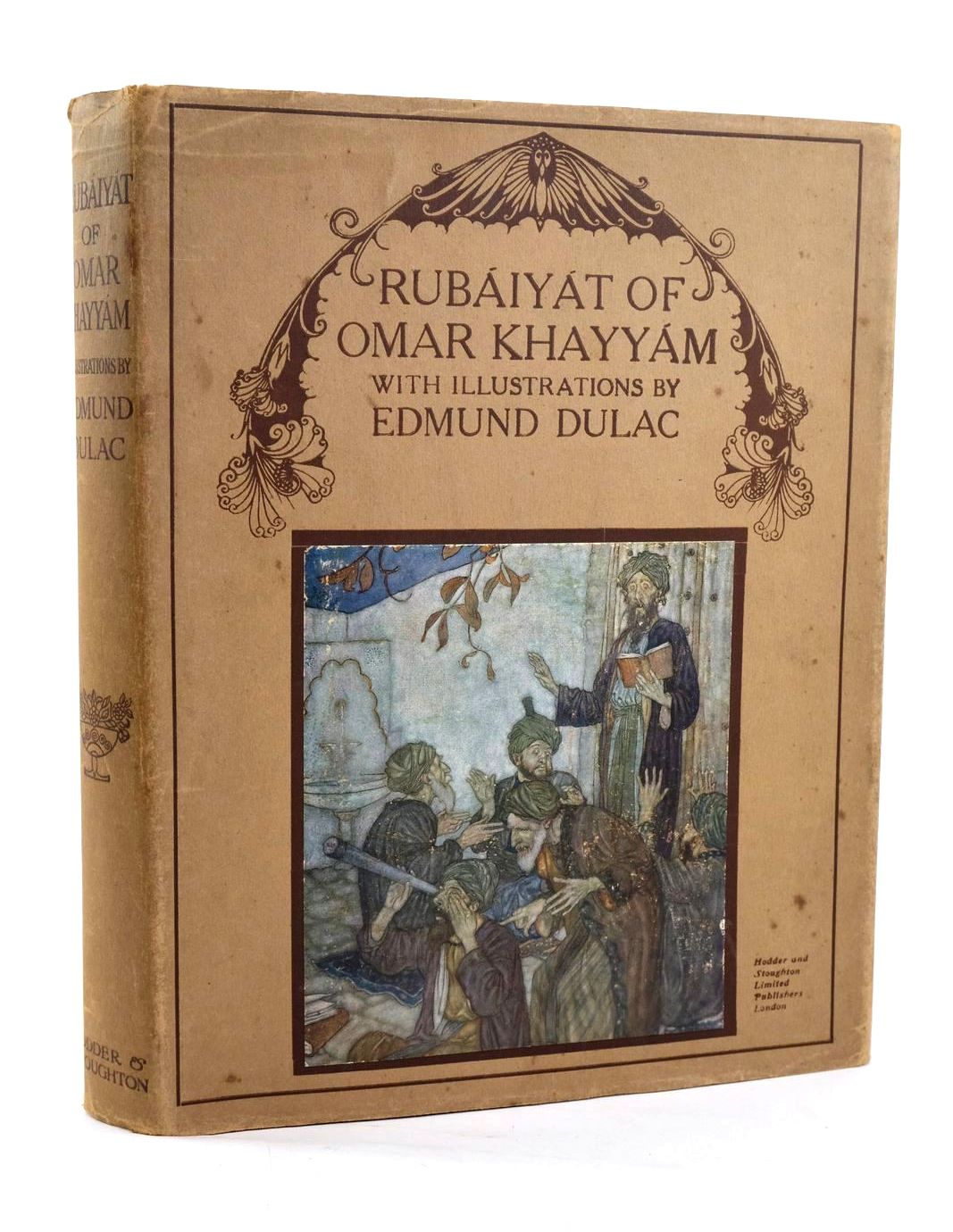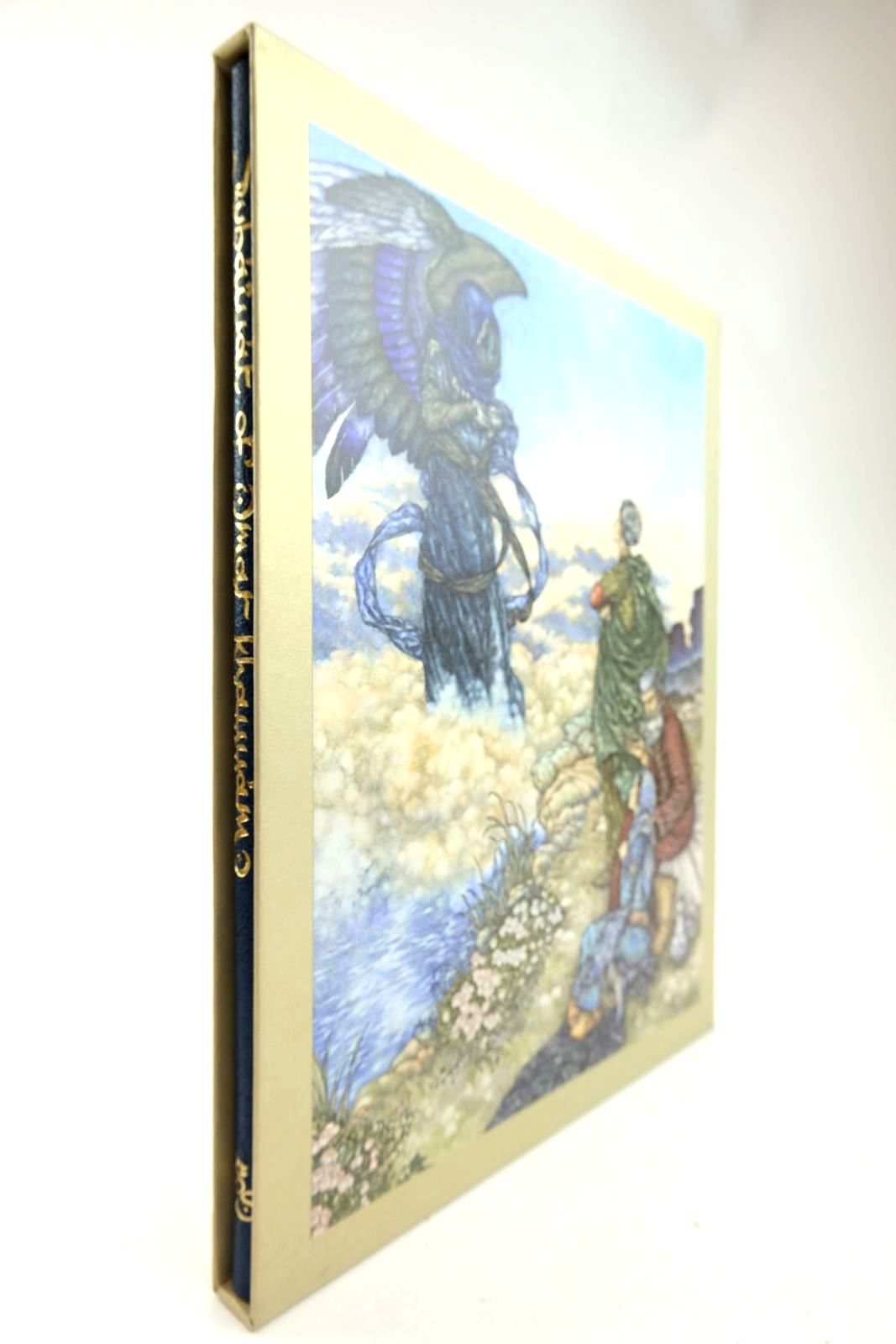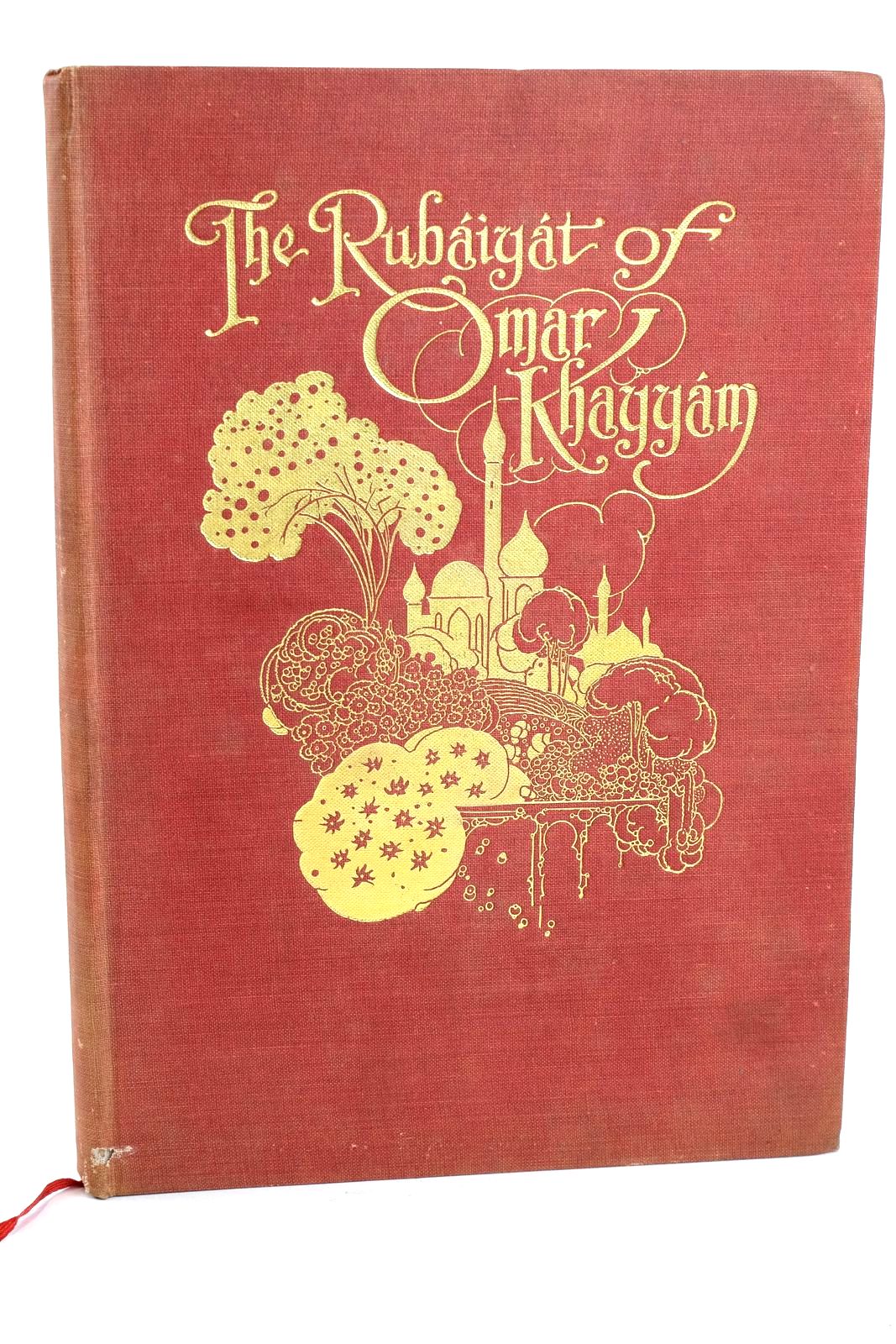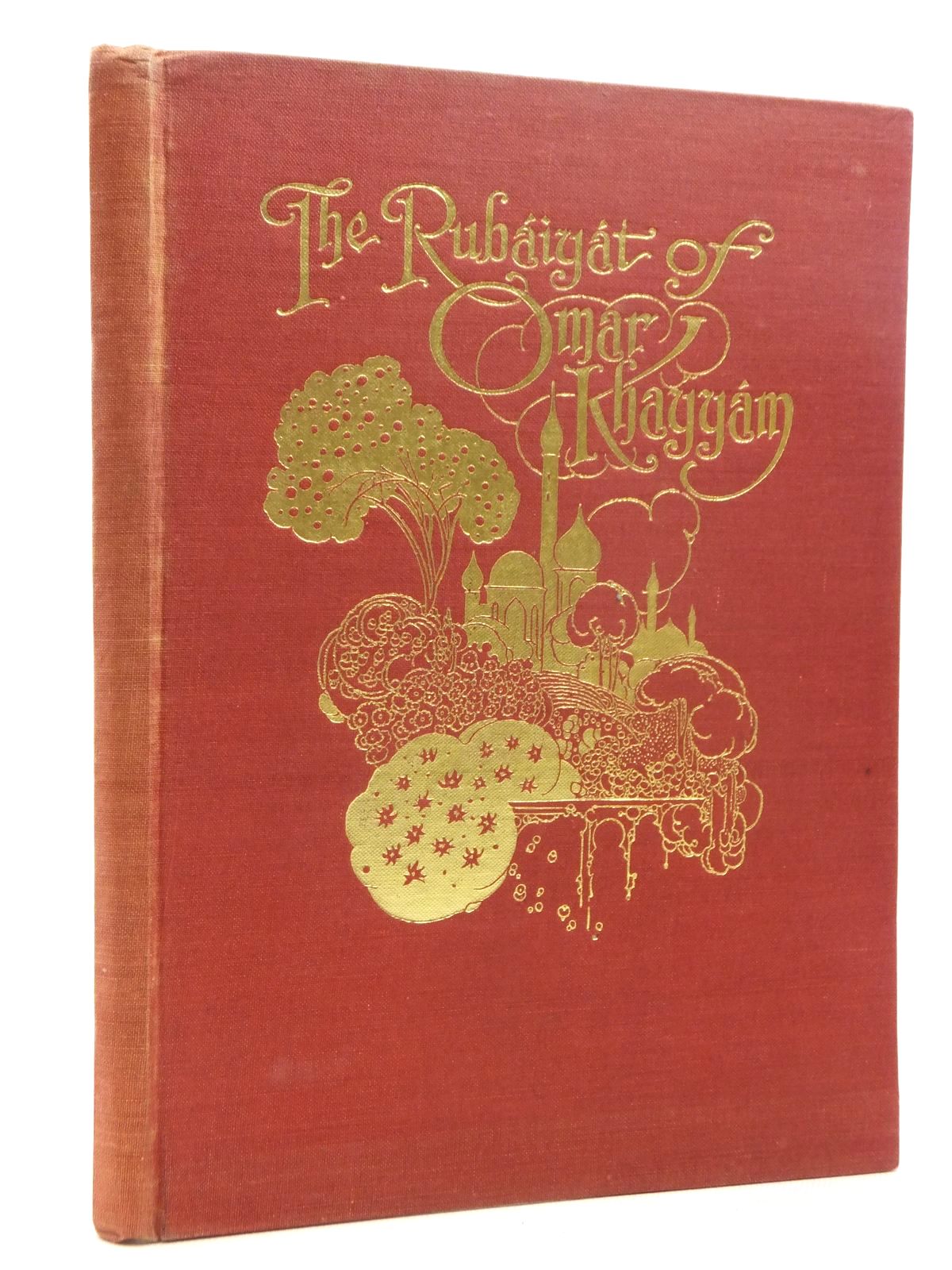The Rubaiyat of Omar Khayyam - Edward Fitzgerald
View current stock of this title
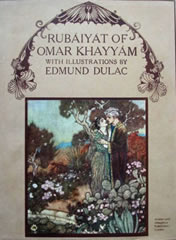
 Here with a Loaf of Bread
Here with a Loaf of Bread
beneath the Bough
A Flask of Wine,a Book of
Verse - and Thou
Beside me singing in the
Wilderness -
And Wilderness is Paradise
enow.
It is perhaps ironic that while the title of the Rubaiyat of Omar Khayyam evokes images of the Persian East, the translation with which most are familiar is considered to be a great work of English literature in its own right.
It may also surprise some that this translation which was to become so popular in Victorian England, and which has spawned a host of subsequent versions by other authors & poets, was met with indifference when first published in 1859.
Ghiyathuddin Abulfath Omar bin Ibrahim Al-Khayyami was born around the middle of the eleventh century in Naishapur, eastern Iran. He became interested in the sciences and progressed to be the author of respected treatises on astronomy, algebra and the calendar: first and foremost a man of science, for Omar poetry was a leisure activity. By the time that he died in 1123, Omar had probably composed 500 quatrains (4 line verses) but it would be 700 years before his Rubaiyat appeared in English.
The author responsible for introducing the Persian Rubaiyat to a Western audience was Edward Fitzgerald (1809 – 83), a scholar and dilettante blessed with a privileged background. Described as an able scholar, rather than a diligent one, Fitzgerald was introduced to the Rubaiyat by his friend E.B. Cowell, Professor of Sanskrit at Cambridge and later Oxford. Cowell suggested that Fitzgerald make a translation of a Persian manuscript unearthed in the Bodleian Library. Fitzgerald duly accepted his friend’s invitation - according to some as a form of escape from his unhappy marriage – and buried himself in Omar’s verses.





Fitzgerald decided that he would not produce a literal translation of the Persian verses (Rubaiyat in Persian means a collection of 4 line verses) but create a work which nevertheless strongly conveyed the atmosphere of the original text. It becomes difficult to know which verses were the source of Fitzgerald's ‘translation’, and Fitzgerald himself declared of his version: "very unliteral it is. Many quatrains are mashed together: and something lost, I don’t doubt, of Omar’s simplicity”. Incidentally, the original of the opening quatrain has never been identified! Fitzgerald seems to have been attempting to convey the Eastern tones of Omar Khayyam yet in a manner which would appeal to his Western audience.
Fitzgerald’s first version of the Rubaiyat appeared anonymously in 1859, the same year that Darwin's Origin of Species was published. It was largely ignored by the public, and reduced in price several times before it came to the attention of individuals such as Richard Burton, Rossetti and Robert Browning who did much to popularise the work. After this increased success, Fitzgerald made several revisions which were published in 1868, 1872 and 1879.
The air of hedonism which pervades the Rubaiyat appears in contrast to the strict Victorian ethics at the time of publication. The central exhortation of the Rubaiyat - to live life to the full while you may, and to enjoy the intoxicating fruit of the vine – appears as a challenge to established Victorian values. Not surprisingly, therefore, at the end of the nineteenth century, the Rubaiyat was an inspiration for ‘fin de siecle’ authors such as Oscar Wilde and Aubrey Beardsley, and in the 1890s the Omar Khayyam Club was formed to celebrate the poet’s works.
Despite the liberties taken with the original verses, Fitzgerald’s Rubaiyat inspired numerous English renditions and for many readers it has become the definitive version of the text.
Many illustrated editions of the Rubaiyat have appeared, and some have become highly collectable. One of the earliest and best is the work of Blanche McManus (1903), but it is the full colour illustrations which do full justice to the poetry. Arguably the finest example is the Edmund Dulac gift book edition (1909) which appeared in both trade and De Luxe editions – a signed first edition commands a high price indeed.
Other notable editions are those illustrated by Gilbert James and Willy Pogany. As well as these classic editions, there are many other versions illustrated with photographs, watercolours or line drawings which convey the sensual nature of the poetry.
Even novelty versions have been produced, such as The Golfer’s Rubaiyat and Wise and Otherwise: The Footballer’s Omar Khayyam. The Rubaiyat has come a long way since Fitzgerald's slim volume first appeared in 1859!
Submitted by Tim.
(Published on 17th Dec 2014 )


